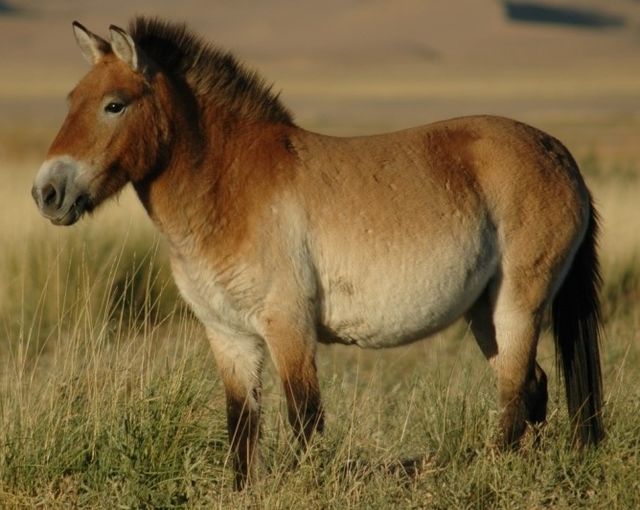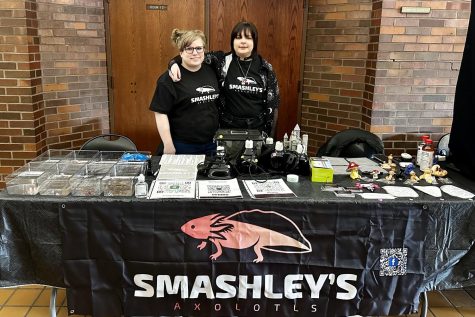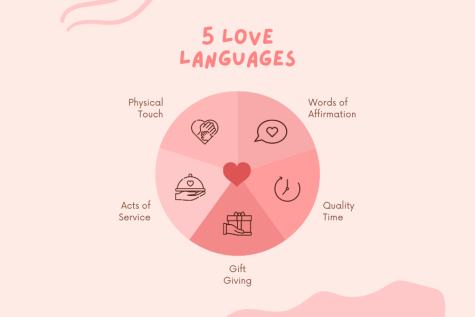Zombie Horses
Claudia Feh/Creative Commons Attribution
In 2004, Przewalski’s horses were reintroduced to the steppes of Mongolia—known as the Seer release site—where this photo was taken.
November 10, 2021
In 1969, the last Przewalski’s horse was spotted in the wild. Shortly afterward, the species would be officially listed as extinct. Conservationists were desperate to save such an important part of Mongolia’s ancient history, but with only twelve individuals left in captivity to work with, the odds were stacked against them, and looked as through these ice age survivors would go down the same route as countless species before them: into the obscurity of extinction.
Since the beginning of time species have gone extinct thanks to global change, the same natural shifts in Earth’s climate that ushered in the last ice age, or the disasters which brought the reign of dinosaurs to their end. This has always been, and will undeniably always be however as humanity rises to its prime and we challenge the patterns nature has set so things change around us. In 1930 the last living thylacine—a marsupial predator native to Australia—was captured and filmed before being left to die in the cold, the entire species hunted to extinction by protective sheep farmers. Nowadays, scientists doubt the thylacine was big enough to bring down a sheep, but we have no way of ever knowing for sure…
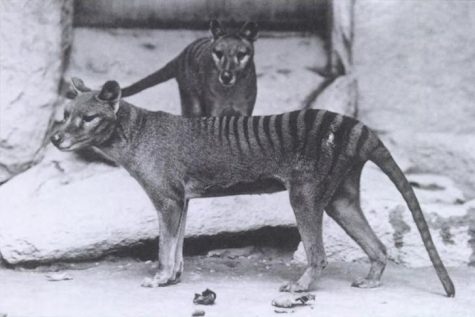
Similarly, American setters ravaged the population of bison from the millions they once were to a point where they numbered less than a thousand. Lions were once spread widely across the world, with cave lions ranging from North American to Europe, and common lions once roamed all of Eurasia, not just Africa or the singular pride that now supports the Asian population. Rhinos suffer from poaching for their horns, with all variations driven to less than a hundred members at one point or another, and some still on that brink. Whether it be habitat loss or hunting, the decline of these animals is humanity’s doing, and only within the past few decades have we truly started to understand this.
Around the world we’ve cleared forests for further development, in turn destroying habitat, our own source of oxygen, and the protective barriers that keep our planet cool. For now, our rampant destruction of our own home affects us little, but that won’t last long. The world exists as it is for a reason, in a delicate balance nature has been perfecting long before we claimed it, and we need to find a way to fit ourselves into that balance before it’s too late.
Conservation efforts do exist across the world. While creatures like the strangely magnificent thylacine are lost to us forever, thanks to breeding programs and careful protection around two thousand Przewalski’s horse roam various parts of Mongolia’s plains, and a herd of this zombie species even thrives in the abandoned wreckage of Chernobyl—the site a disastrous nuclear meltdown over thirty years ago—released there in hopes the unusual sanctuary would keep them safe. In August of 2020 the first cloned Przewalski’s horse, named Kurt, was born. Efforts to revive these horses to their former strength continue, and conversation programs increase for hundreds of species around the world.
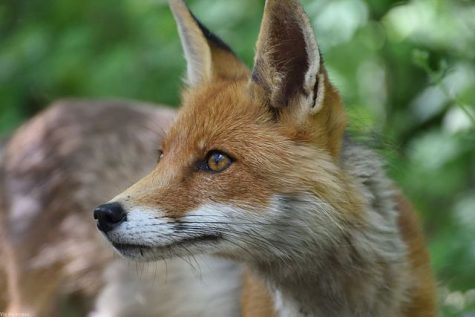
Within our lifetimes, some of the creatures we grew up seeing in zoos or even in our day to day lives might be reduced to dinosaurs: distant memories that slipped through our fingers. Our own national symbol, the bald eagle, has struggled back from the edge of extinction in recent years thanks to conservation efforts, but even as we speak other species continue to lean out over that edge.
We can each help in our own small ways. Perhaps by planting a garden of endangered native flowers, recycling our trash rather than sending it to dumps, or taking a bike on small journeys as opposed to our fuel heavy cars. Some of us can donate to funds trying their best to bring endangered or threatened animals back from the brink—look into the critically endangered Javan rhinoceros for example—though this is far from within everyone’s capacity. There are tiny ways we can help our world; we just have to start working together.
